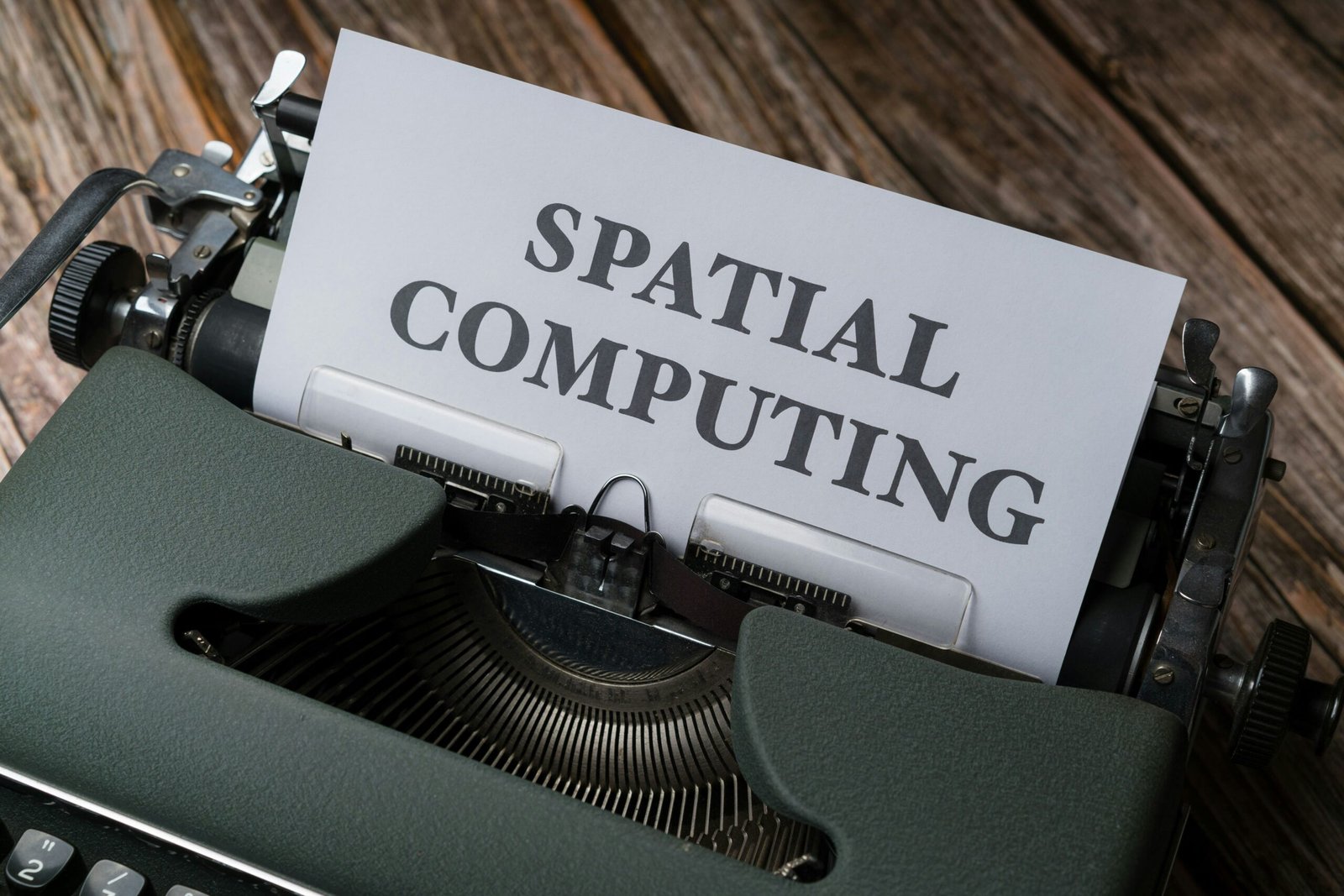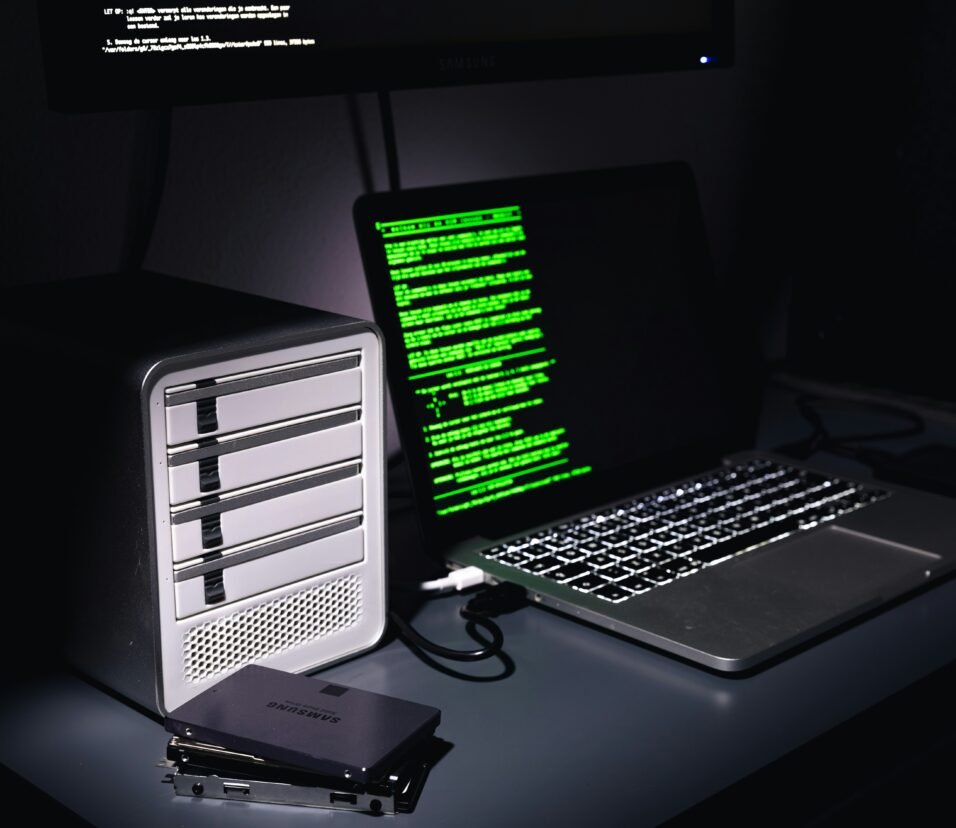Specialized Computing in 2025: Tailoring Hardware & Architectures for an AI-Driven World
From GPUs to TPUs, quantum chips to neuromorphic processors—2025 is no longer about “faster” computing, but smarter, more task-specific computing. Welcome to the era of Specialized Computing, where every workload gets its own custom-built engine.
🔍 What Is Specialized Computing?
Specialized computing refers to the design and use of hardware and software optimized for a specific type of computation or task, rather than general-purpose computing.
It includes:
- Accelerators like GPUs, TPUs, FPGAs
- Custom silicon (e.g. Apple’s Neural Engine, Tesla Dojo)
- Edge AI chips (like Google’s Coral or NVIDIA Jetson)
- Quantum processors
- Neuromorphic chips (brain-inspired architectures)
🧩 Why Specialized Computing Matters (Now More Than Ever)
1. ⚡ The AI Boom
Massive LLMs (like GPT-5), computer vision models, and reinforcement learning agents all require parallel, high-throughput computation—best handled by GPUs, TPUs, or ASICs.
2. 🛰️ Edge AI & IoT
Devices like drones, smart sensors, and wearables need to run ML models locally with tight power and latency constraints—general CPUs won’t cut it.
3. 💸 Cloud Economics
Purpose-built silicon often offers 10x performance at a fraction of the energy and cost of traditional CPUs.
4. 🧬 Scientific Computing
Drug discovery, genomics, and climate simulations rely on domain-specific architectures to crunch exabytes of data.
🛠️ Types of Specialized Computing Hardware
| Type | Purpose | Examples |
|---|---|---|
| GPU | Parallel tasks (e.g., ML, rendering) | NVIDIA A100, AMD Instinct |
| TPU (Tensor Processing Unit) | Deep learning training/inference | Google TPU v5e |
| FPGA (Field-Programmable Gate Array) | Reconfigurable logic for custom tasks | Intel Stratix, Xilinx |
| ASIC (Application-Specific IC) | Fixed-function accelerators | Tesla Dojo, Apple Neural Engine |
| NPU (Neural Processing Unit) | AI in mobile/edge devices | Huawei Ascend, Qualcomm Hexagon |
| Quantum Processors | Quantum algorithms & cryptography | IBM Q, Google Sycamore |
| Neuromorphic Chips | Brain-like spiking neural nets | Intel Loihi, IBM TrueNorth |
🧠 Specialized Chips Powering AI in 2025
| Task | Chip |
|---|---|
| Text generation (LLMs) | NVIDIA H100, Google TPU v5p |
| Edge inference | Google Coral, Sima.ai, Hailo-8 |
| Training recommendation engines | Meta’s MTIA, Amazon Trainium |
| Video analytics | Movidius VPU, Jetson Orin |
| Genomics & bioinformatics | Graphcore IPU, Cerebras CS-3 |
| Multimodal AI | GroqChip, SambaNova RDU |
🧬 Real-World Applications
🚗 Autonomous Vehicles
Tesla’s Dojo supercomputer processes real-time driving data from millions of miles using custom AI chips designed to prioritize latency and thermal efficiency.
🧬 Healthcare
ML models analyzing genomic sequences now run on FPGAs and neuromorphic chips, dramatically reducing time-to-insight for drug discovery.
📱 Smartphones
Apple’s Neural Engine powers features like Face ID, object detection, and real-time translation—on-device, with no cloud latency.
🔐 Security & Energy Considerations
🔒 Security:
- Hardware-level isolation and encrypted memory regions
- Secure boot + ML-specific threat models (e.g., model inversion, data poisoning)
⚡ Energy:
- GPUs use hundreds of watts per chip—unsustainable for all use cases
- Edge AI chips can run inference at <1 watt
- Sustainable AI efforts now focus on green chip design and carbon-aware training schedules
📉 Challenges in Specialized Computing
| Challenge | Fix |
|---|---|
| 🔧 Complexity of programming | Use abstraction layers: ONNX, TensorRT, PyTorch XLA |
| 📈 Hardware availability | Cloud access to GPUs/TPUs via Colab, Paperspace, AWS |
| 🧬 Fragmented ecosystem | Open standards like MLIR, TVM, and WebNN gaining traction |
| ⚠️ Vendor lock-in | Use cross-platform frameworks like Triton, Hugging Face Optimum |
🔮 The Future: What’s Coming Next?
1. LLM-Specific Chips
Silicon optimized specifically for transformer models and attention mechanisms.
2. Quantum-AI Hybrids
Quantum pre-processing for massive input spaces, followed by classical deep learning inference.
3. AI Compilers
Auto-tune ML models to run best on target hardware (e.g., a compiler that rewrites your model for Jetson vs TPU).
4. Synthetic Brain Chips
Chips that don’t run code—but spike, fire, and “learn” like neurons (watch Intel’s Loihi 3 closely).
5. Edge + Cloud Handoff Architectures
Models split across layers: low-latency inference on-device, high-compute retraining in the cloud.
✅ TL;DR – Specialized Computing in 2025
| Topic | Summary |
|---|---|
| Definition | Hardware/software optimized for specific tasks (AI, graphics, bioinformatics) |
| Why It Matters | Speed, efficiency, cost savings, and unlocking use cases |
| Types | GPUs, TPUs, FPGAs, ASICs, Quantum, Neuromorphic |
| Top Trends | LLM chips, Edge AI, AI compilers, green silicon |
| Challenges | Complexity, hardware access, ecosystem fragmentation |
| Future | AI-powered chips, synthetic cognition, hybrid compute models |








